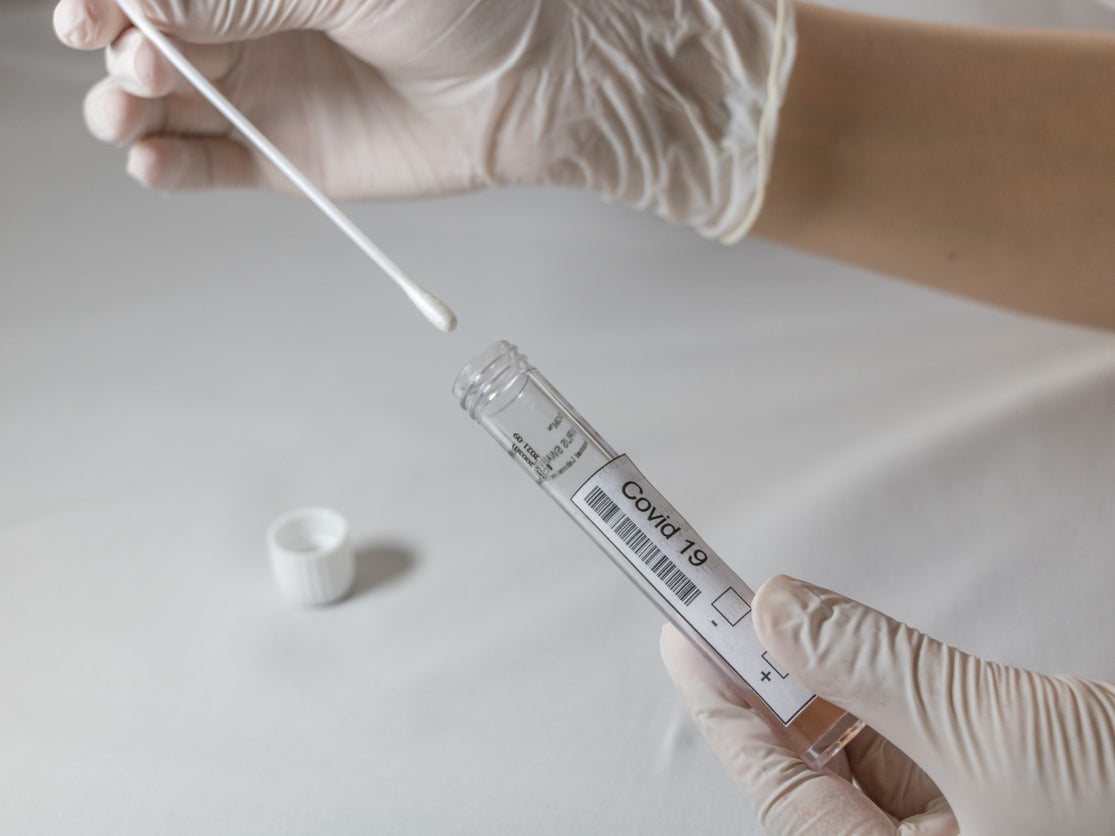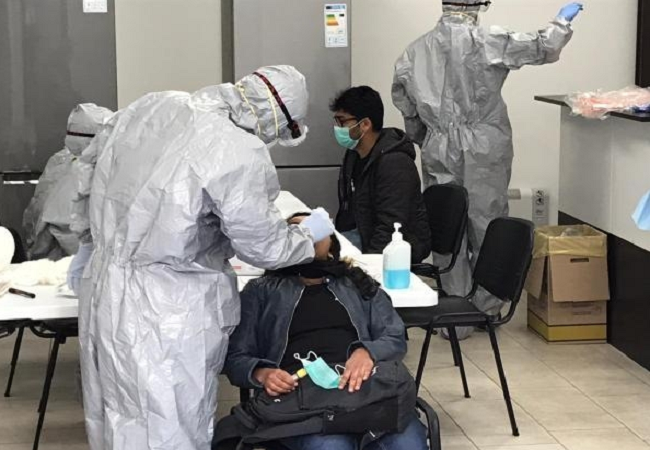
Make sure to keep your receipts in case you need to submit them for reimbursement.Ĭenters for Disease Control and Prevention.

If you have health insurance, your plan should reimburse the cost of eight at-home tests per covered member per month. You can conduct these tests yourself and get results in an hour or less, depending on the type of rapid test. Many OTC at-home tests are also available to purchase online and at your local pharmacy and grocery store. But you’ll want to check with your health plan to make sure. There shouldn’t be any out-of-pocket costs for testing. You can also search for other testing locations near you with a search tool provided by the U.S. If you have COVID-19 symptoms, or believe you’ve been exposed to the virus, you have several options for rapid tests.įor example, pharmacies like CVS and Walgreens offer rapid antigen and molecular tests. You should take into account your exposure risk, vaccination status, and symptoms. Keep in mind: A negative rapid test result doesn’t necessarily rule out COVID-19. If at any point you test positive, you likely have COVID-19. If you test negative, test again 24 to 48 hours (1 to 2 days) later. If you’ve been exposed to the virus and don’t have symptoms, wait at least 5 days to test. For example, if you’re experiencing symptoms but test negative, test again 48 hours (2 days) later.

If you’re using at-home antigen tests, it’s recommended that you test multiple times over the course of a few days. So, timing is essential when using rapid tests. This is more likely to happen if you test too early when there’s not enough virus for the test to detect. That means you’re infected with the virus, but you’ve tested negative. However, you may be more likely to get a false negative result with a rapid test. This has been found to be the case with Omicron variant infections, too. If you get a positive result from a rapid test, there’s a good chance you’re infected with SARS-CoV-2. So, you may be wondering how rapid diagnostic tests stack up. Standard molecular tests are the gold standard (most accurate option) for COVID-19 testing. Antigen tests typically take about 15 minutes to get results. Several are available OTC, including BinaxNOW by Abbott. Many antigen tests have also been authorized for use at point-of-care or at home. These tests tend to be simpler in design and less expensive than molecular tests. Antigen testsĪntigen tests look for specific proteins on the surface of the virus. They deliver results in 30 minutes to an hour. Most of these tests can produce results in 30 minutes or less.ĭetect and Lucira are two OTC rapid molecular tests that you can perform entirely at home. These include several that can also test for other viruses, like those that cause the flu. Many rapid molecular tests have been authorized for use at point-of-care. Genetic material from the sample is copied and compared to the genetic sequence of the virus. These tests most often use techniques called RT-PCR (reverse transcription polymerase chain reaction) or isothermal amplification. They were the first type of COVID-19 test to be authorized and widely used. Molecular tests detect the presence of viral genetic material in a sample. The FDA has also authorized a rapid COVID-19 breath test, but it’s not widely available yet. They work differently in how they detect SARS-CoV-2, the virus that causes COVID-19.

There are currently two different types of rapid diagnostic tests available: molecular and antigen tests. These tests can be done entirely from the comfort of your home. What’s more, many rapid tests are available over the counter (OTC).
#Corona test near me cost portable
They often use a portable device to test samples, so the entire process can be completed at the same place. And they don’t require an outside laboratory for processing samples. Rapid tests can also be done at point-of-care (e.g., testing site, provider office). In general, most rapid tests provide results in 15 to 30 minutes. The fastest test currently available, ID NOW by Abbott, can detect the virus in 13 minutes or less. This allows them to process samples faster. Compared to standard molecular tests, rapid tests are often simpler. The key difference between rapid tests and standard molecular tests is how long they take to process results.Īs the name suggests, rapid tests can produce fast results. Here, we’ll cover some testing basics and where you can find rapid testing near you. Rapid COVID-19 tests are available at community-based testing sites, provider offices, and even the shelves of your local pharmacy or supermarket. But the emergence of rapid testing has helped remove some of the roadblocks for faster results. Early on, it would sometimes take days to weeks to get your results. Since the start of the COVID-19 pandemic, over 1 billion COVID-19 tests have been performed in the U.S.


 0 kommentar(er)
0 kommentar(er)
